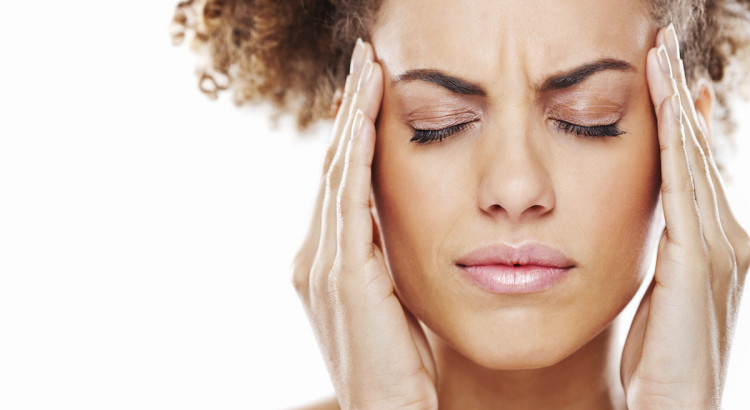Pain Relief, Mental Health Issues Behind Teens’ Abuse of Prescription Opioids

A substantial number of U.S. teenagers abuse a restricted opioid medication normally prescribed for the treatment of pain or certain other medical issues. Some of these teens initially receive such a medication from their doctors, while others obtain access through non-legitimate means. In a study published in 2014 in the journal Substance Abuse, a team of researchers from the University of Michigan separated adolescents who abuse prescription opioids in a non-medically sanctioned context from adolescents who abuse these medications in a medically sanctioned context. They also examined the underlying reasons why teens get involved in non-medical prescription opioid abuse.
Prescription Opioids and Opioid Abuse
Doctors have a range of prescription opioid medications at their disposal. For the most part, these medications are used to treat various forms of pain, including severe pre- and post-surgical pain, moderate or severe pain associated with accidental injury and moderate or severe pain associated with invasive dental procedures. In addition, a doctor may prescribe an opioid as a treatment for extreme cases of diarrhea or coughing that don’t respond to less powerful medication options. Specific types of opioids in widespread use for medical purposes include hydrocodone (a main ingredient in Vicodin and several other medications), oxycodone (a main ingredient in OxyContin and several other medications), codeine, hydromorphone (e.g., Dilaudid), fentanyl (e.g., Actiq, Duragesic) and morphine (e.g., Avinza).
By their core chemical nature, all opioid medications produce a form of heightened pleasure called euphoria, as well as pain relief and a general slowdown in the rate of communication inside the central nervous system (brain and spinal cord). Some people start abusing prescription opioids out of a desire to gain more pain relief (or diarrhea or cough relief) than the amount provided by their original prescribed dosages. Others start a pattern of abuse out of a recreational desire to feel opioid-related euphoria.
Teens and Non-Medical Opioid Abuse
A federal agency called the Substance Abuse and Mental Health Services Administration makes annual, nationwide estimates of the number of Americans age 12 or older who take part in non-medical prescription opioid abuse. Figures compiled by this agency for the year 2013 (the last fully reported year as of December 2014) indicate 1.7 percent of all people in this wide age range abuse an opioid medication for non-medically sanctioned purposes in the average or random month. The single group most likely to get involved in this practice is older teenagers/young adults between the ages of 18 and 20. Teenagers age 16 and 17 are the fourth most likely non-medical consumers of opioid medications, while teens below age 16 are relatively unlikely to engage in non-medically sanctioned intake of these substances.
Why Do Teenagers Take Part?
In the study published in Substance Abuse, the University of Michigan researchers used an online survey of 2,627 adolescents to compare the number of teens who abuse prescription opioids for medically sanctioned purposes to the number of teens who abuse these medications for non-medical purposes. They used the same survey information to explore the motivations for non-medical abuse. More than two-thirds (70.4 percent) of the adolescents surveyed had never consumed an opioid medication. Almost a quarter (24.5 percent) of the surveyed teens had abused an opioid they had originally received in the context of medical treatment, while the remaining 5.1 percent abused an opioid not originally received in the context of medical treatment.
When the researchers further analyzed the group of 133 teens with a history of non-medically sanctioned prescription opioid abuse, they found that 92 of these individuals used an opioid medication to relieve pain even though they didn’t have a prescription. The remaining 41 teens in the non-medical abuse category sought out opioid medications solely or primarily for these substances’ recreational drug effects. The researchers concluded that regardless of their motivations for opioid medication consumption, all of the teens in the non-medical abuse category were more likely to experience pain symptoms and diagnosable symptoms of substance use disorder (clinical substance abuse/addiction) than the teens in the medical abuse category. In addition, they concluded that the teens who abused prescription opioids for recreational purposes had higher chances of experiencing mental health issues not necessarily related to substance intake.
The study’s authors believe that their findings underscore the diverse reasons teenagers abuse opioid medications. They also believe that their findings point toward a need to keep this fact in mind when non-medical use of prescription opioids is the topic of discussion, research or policy formulation.
Article Categories
- 12 Steps
- Addiction in the Family
- Addiction Infographics
- Alcohol Addiction
- Articles
- Drug Addictions
- Drug Rehab Center News
- Helpful Articles
- Holidays & Substance Abuse
- Mental Health & Addiction
- Real Life Addiction Stories
- Recovery Testimonials
- Relapse Prevention
- Substance Abuse Prevention
